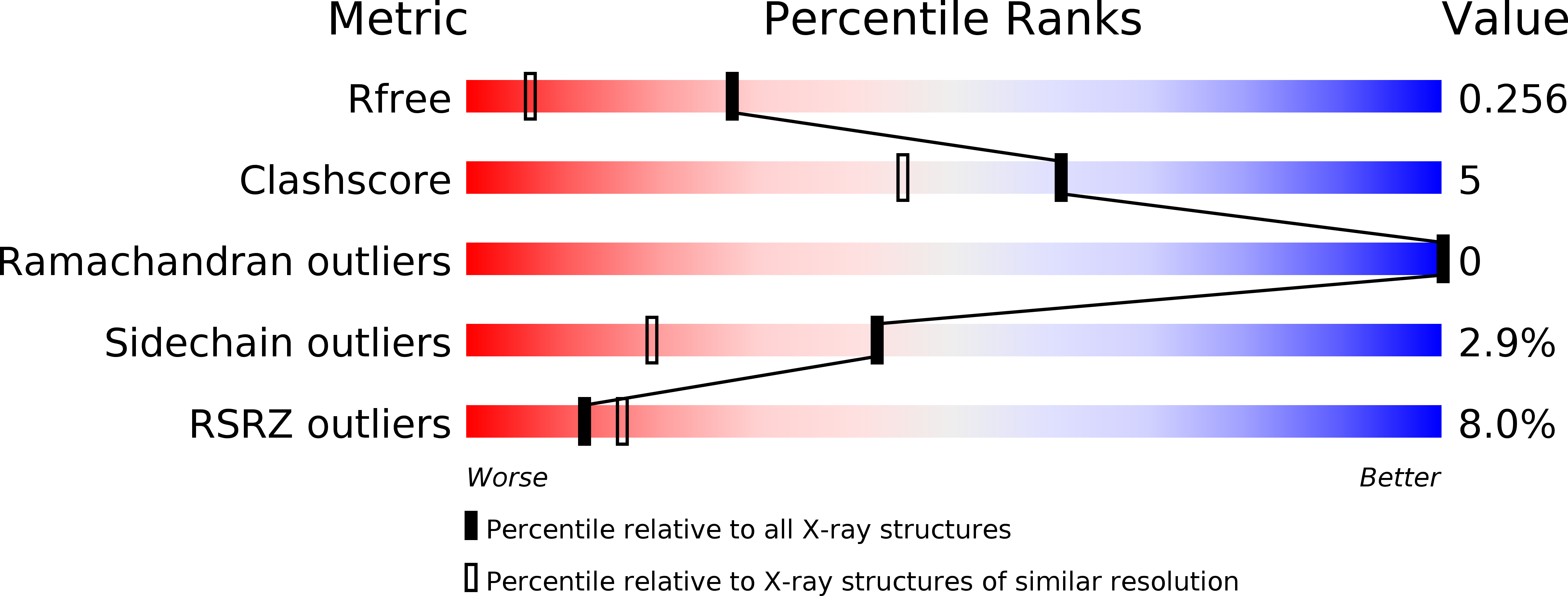
Deposition Date
2011-09-26
Release Date
2012-01-25
Last Version Date
2024-03-20
Entry Detail
PDB ID:
3VIA
Keywords:
Title:
Crystal structure of the PH domain of Evectin-2 from human
Biological Source:
Source Organism:
Homo sapiens (Taxon ID: 9606)
Host Organism:
Method Details:
Experimental Method:
Resolution:
1.75 Å
R-Value Free:
0.25
R-Value Work:
0.21
R-Value Observed:
0.22
Space Group:
P 21 21 21


